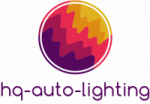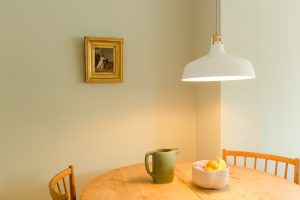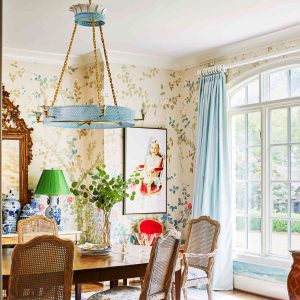Lighting Solutions for a Modern Library Environment

Introduction
The role of a library has evolved over the years. From being a mere repository of books, it has become a place for information exchange, research, study, and collaboration. Therefore, the design and layout of modern libraries must reflect this transition, including the lighting to ensure an optimal environment for visitors. In this article, we’ll discuss lighting solutions for a modern library environment, their benefits, and the factors one should consider when selecting suitable lighting options.
Benefits of Good Library Lighting
Good lighting plays a significant role in enhancing the usability and functionality of a library. The following are benefits it offers:
1. Improved reading experience
Adequate lighting enhances the reading experience of library visitors. Poor lighting, on the other hand, can lead to eyestrain, headache, and reduce productivity. Good library lighting options should provide optimum brightness levels and color accuracy, reduce glare, and improve uniformity.
2. Increased energy efficiency
Good lighting can also help increase energy efficiency, especially when using LED or fluorescent lighting. LED lights, for instance, have long life and low energy consumption compared to other options, which makes them an economical choice.
3. Improved aesthetics
Library lighting can be designed to provide an aesthetically pleasing environment, that is appealing to visitors. Lighting fixtures that are in harmony with the library’s overall design and layout can make the space look more inviting and comfortable.
Factors to Consider When Selecting Library Lighting Solutions
There are several factors to consider when selecting library lighting solutions. These include:
1. Lighting Levels
Lighting levels must be adequate for reading and other library activities. Recommended lighting levels for libraries range from 300 lux to 500 lux, depending on the task, location, and user age.
2. Color Temperature
The color temperature of lighting solutions should be selected carefully, as it affects user perception and mood. Generally, warmer color temperatures, such as 2700K to 3000K, are better suited for library environments, as they promote a calming and relaxing atmosphere conducive for reading.
3. Flexibility
Library lighting solutions should offer flexibility and the ability to accommodate change. For instance, lighting fixtures that allow for dimming, scheduling, and zoning can provide an ideal solution for different library activities.
Library Lighting Solutions
Several lighting options are available to ensure a well-lit library environment:
1. LED lighting
LED lighting is a popular option for libraries due to its energy efficiency and low maintenance costs. LEDs are also directional, providing excellent reading light, and can be dimmed or brightened, depending on user needs.
2. Daylighting
Daylighting, or the use of natural light, is an ideal way to reduce energy consumption while creating an inviting atmosphere for library visitors. However, it must be supplemented with artificial lighting when natural light is insufficient.
3. Task Lighting
Task lighting solutions, such as desk lamps or undercabinet lighting, provides localized, focused light designed to enhance specific tasks, such as reading and research.







